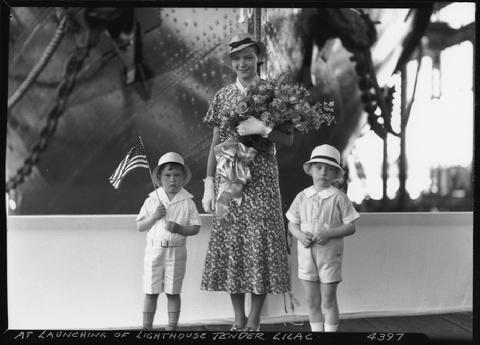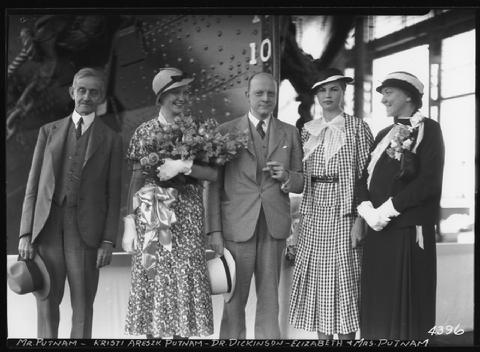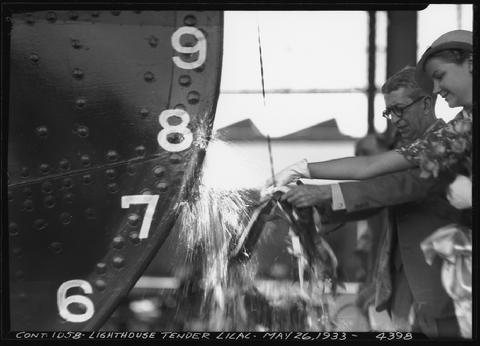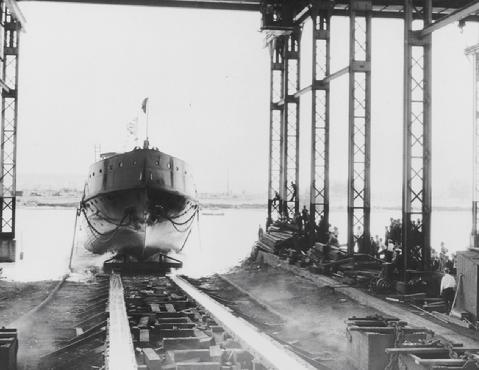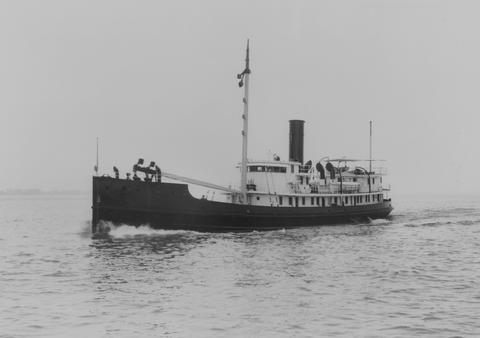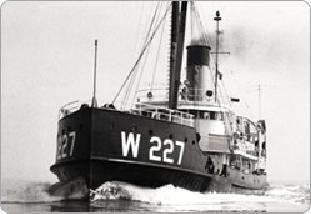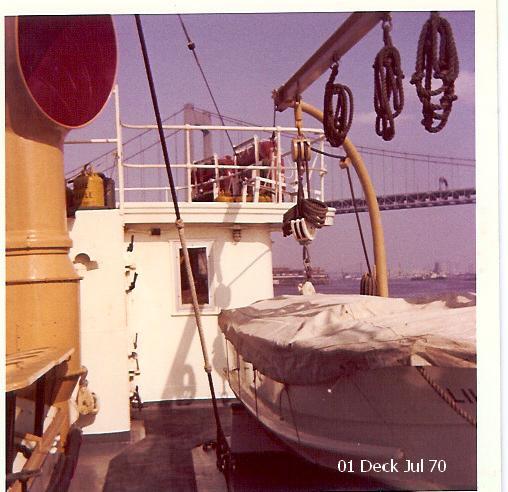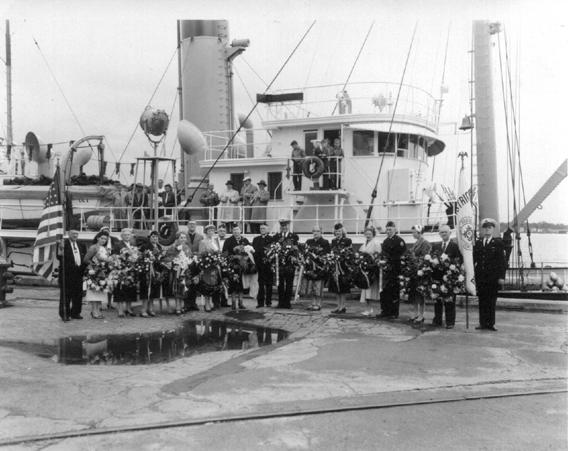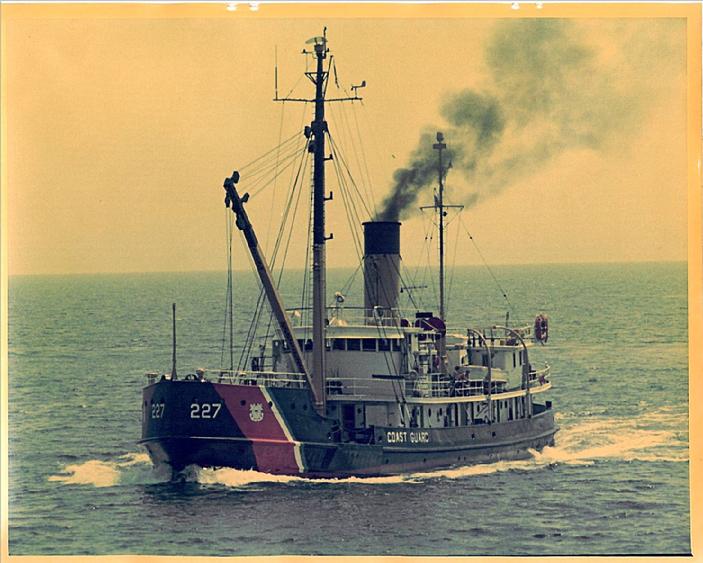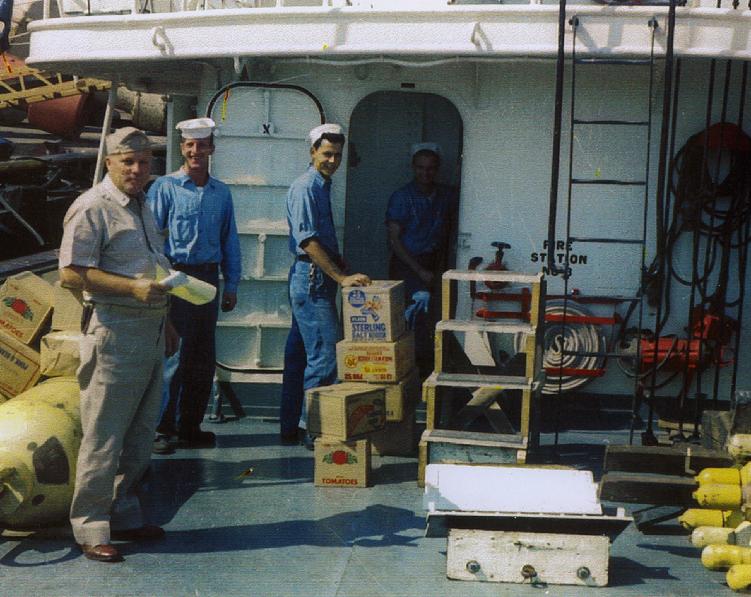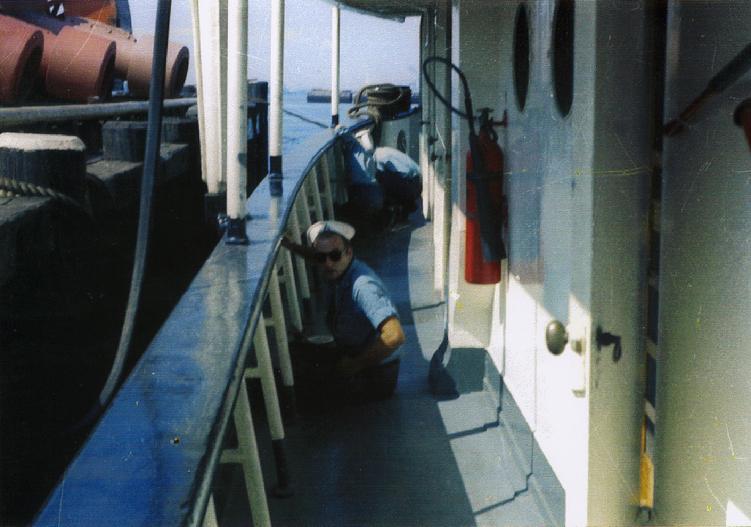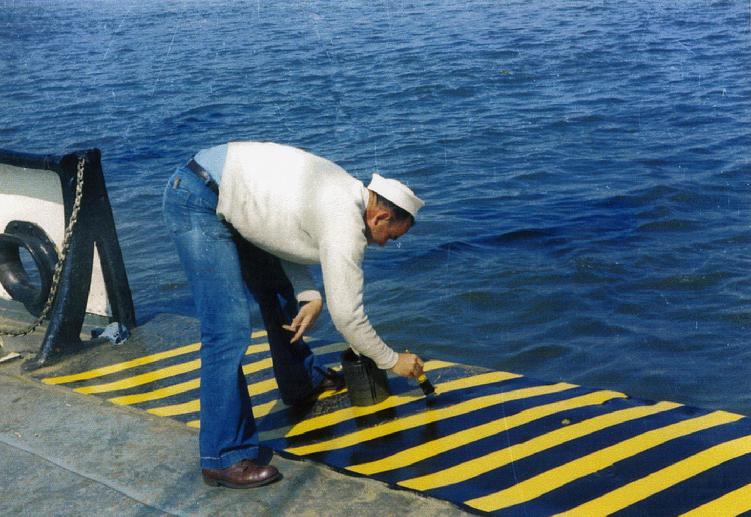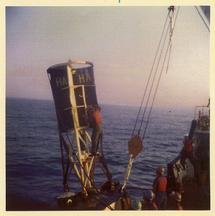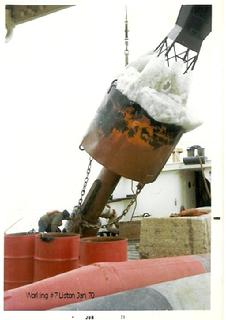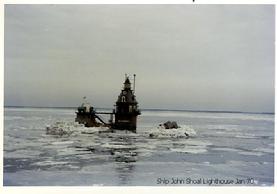Lilac: Flower of the Delaware
On May 26, 2023 Lilac will celebrate 90 years of service.
George Putnam, the Commissioner of Lighthouses quoted above, was present when Lilac was launched on May 26, 1933. Today, LILAC is the last surviving steam-propelled lighthouse tender in America and is listed on the National Register of Historic Places. She is operated as a museum by the non-profit Lilac Preservation Project while undergoing rehabilitation to operate as an educational excursion vessel.
Lighthouse tenders carried supplies to lighthouses and assisted keepers with with major repairs. They spent most of their time maintaining buoys, range lights and other smaller aids to navigation that guide ships and boats safely into harbors. Today, the lighthouses on our coastlines and harbors are automated and are visited by a tender only about once a year. The term “lighthouse tender” has been dropped from use, and specialized vessels servicing aids to navigation are known as "buoy tenders" to reflect this.
Successful major seaports have been vital to this country’s growth, as entry points for goods, raw materials and immigrants, and for export of manufactured items. Well-marked navigable channels for the passage of ships are indispensable to the success of ports and safe navigation relies on the system of lighthouses, range lights, and buoys.
During an active career spanning nearly four decades, LILAC was responsible for maintaining aids to navigation on the lower Delaware River and Delaware Bay. The navigable reaches of the Delaware River estuary support busy industrial and commercial areas including the ports of Philadelphia, Camden,Trenton and Wilmington, with numerous shipbuilding and repair yards, petroleum refineries, power plants and factories. The Delaware River is also a link in the nation’s Inter-coastal Waterway System through the Cape May Ship Canal and the Chesapeake and Delaware Canal.
Built for the U.S. Lighthouse Service, the lighthouse tender LILAC was contracted for on August 16, 1931 and her keel laid at the Pusey and Jones Shipyard in Wilmington, Delaware on August 16, 1932. LILAC was launched on May 26, 1933. Kristi Putnam, daughter of George Putnam, legendary Commissioner of Lighthouses, was the sponsor who christened the ship. All lighthouse tenders then were named for flowers and trees.
LILAC is 174-1/2 feet long with a 32-ft beam. Her riveted steel hull is painted black, like all lighthouse and buoy tenders and most workboats, such as icebreakers and tugs. This hides the bumps and scrapes that are an inevitable part of their work. LILAC was built to be extremely stable and she is equipped with a steam-powered boom so she could lift buoys weighing 14 tons or more. Her sides are nearly vertical and a section of each bulwark on the well deck can be lifted out to make the job of moving buoys onto the deck easier. She has a wheelhouse with a wide field of view that allowed the captain to simultaneously maneuver the ship and observe what was happening on deck and alongside while handling a buoy.
LILAC was decommissioned on February 3, 1972 at U.S. Coast Guard Base Gloucester in Gloucester City, NJ. She was the last ship in the Coast Guard fleet operating with reciprocating (that is, piston-driven) steam engines. She has these engines still although they have not run since carrying LILAC to the Coast Guard shipyard in Curtis Bay, Maryland in 1972 for removal of equipment and preparation for the next stage in her life.
The ship then was donated to the Seafarers International Union and served as a dormitory for cadets enrolled at SIU’s Harry Lundeberg School of Seamanship in Piney Point, Maryland. This school trains merchant mariners who crew commercial ships. SIU made few alterations to the ship other than adding electric heat.
LILAC was privately owned by Henry Houck starting in 1984 and moored on the James River in Virginia. Houck had a boatyard where he kept the ship and rented out the afterhouse as a real estate office. When he passed away in 2002, his wife Betty put the ship up for sale. Some historic ship enthusiasts in New York determined that it was a ship that needed to be saved and, in March 2003, LILAC was sold to the Tug Pegasus Preservation Project, a non-profit that already existed and was willing to take temporary ownership until the new non-profit Lilac Preservation Project was formed.
The ship cost $25,000 and, after $250,000 of work at Lyons Shipyard in Virginia, she was towed to New York City. She moved to a berth at Pier 40 in Hudson River Park in Manhattan on New Year’s Eve, 2003. In May 2011, she moved downtown to the newly re-built Pier 25 in the Tribeca section of the park. Since arriving there, the ship has been open to the public for tours and cultural events.
To dive deeper into LILAC’s history, follow these links:
LILAC's National Register nomination, by maritime historian Norman Brouwer
Virtual presentation for Untapped New York, by LILAC’s Museum Director Mary Habstritt
A list of the lighthouses and other navigational aids that LILAC tended, compiled by Tim Dring
Lilac was stationed at Gloucester Base from 1948 to 1972. Before it was a Coast Guard Base, it was an Immigration Station.
Courtesy of Hagley Museum
